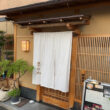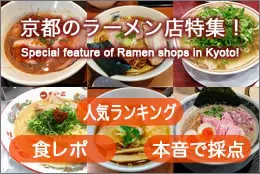Bread Secrets of the Ancient City
Posted date:2025-05-06Author:つばくろ(Tsubakuro) Transrator:ポンタ(Ponta)
Category:Talk about Kyoto
広告
adsense4
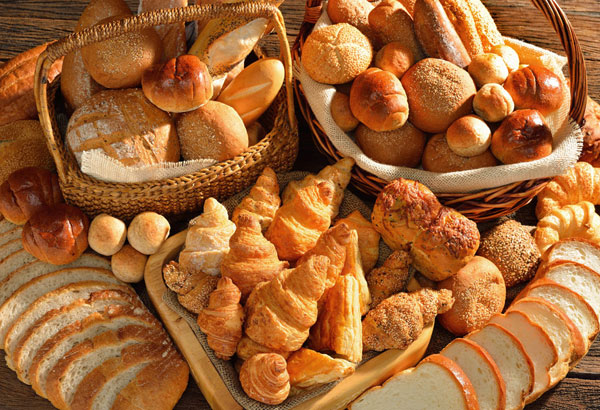
The memory of the coronavirus, a new type of infectious disease that shook the world several years ago, is still fresh in our minds.
Aside from the fear of the virus that threatened people’s lives, infectious diseases have had a serious impact on our daily lives and economic activities.
The damage caused to restaurants in particular was immense, with the Teikoku Databank reporting that the total number of restaurants driven into bankruptcy by the Corona disaster rose to 15,000 in Japan as a whole.
On the other hand, there is a restaurant business that has continued to operate comfortably despite the headwinds of the times.
It is bakeries in Kyoto that are unique.
Kyoto has long been known for its large number of bakeries, but it is said that few have closed their doors due to the Corona disaster.
On the other hand, some of them even went out of their way to open new stores during the Corona season.
Where in the world is the reason for this?
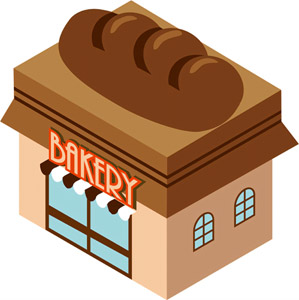
The city that works and residence are combined, Kyoto’s characteristics.
This is due to Kyoto’s unique city structure.
The city of Kyoto is so-called combination of works and a residence.
One work and a residence, also known as “work-residence integration”, simply means integrating the workplace and the residence, or making them closer together.
Examples include setting up an office in one’s home, setting up a workshop, or living in a house with a store.
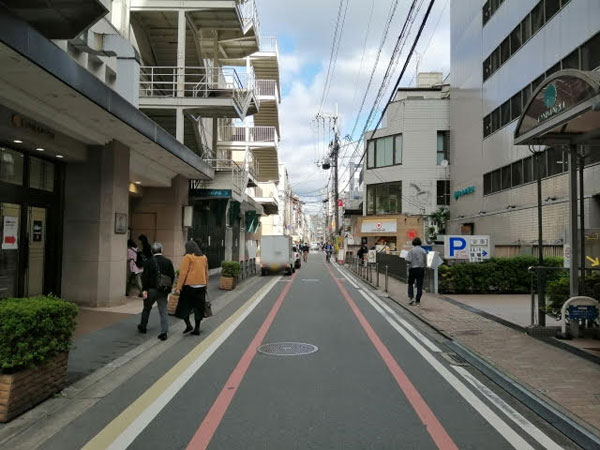
Streetscape of Shijo-Karasuma
The picture above is a streetscape near Shijo-Karasuma, but as you can see, Kyoto is a downtown aligned with offices, but it is also home to a mix of residences.
This is just another aspect of the “unity of work and residence.”
In other words, in cities such as Tokyo and Osaka, it is unlikely that the people who work there live there as they do.
Most office workers have residences in the suburbs and commute to work from distant locations.
In contrast, however, in Kyoto, residential buildings are strictly present even in the office districts.
This is the biggest reason why the Kyoto bakery was alone and on their toes in Corona disaster.
In cities such as Tokyo and Osaka, Corona has forced many companies to introduce remote work.
In other words, that means that the city’s office areas will become less popular.
The urban bakeries are directly affected by this and lose their customers.
Sales immediately drop.
As a result, they go to bankrupt.
Contrary to this, bakeries in Kyoto do not see an impact on sales even with the increase in work-from-home jobs, as there are strong residences in the office area.
In fact, there are a number of new bakeries that opened during the Corona period, even in the office areas of Shijo Street and Sanjo Street.

As I mentioned earlier, a concrete example of the integration of work and residence is to have a workshop in one’s home. As you know, the kimono industry, including Nishijin textiles and Kyo-yuzen, and crafts such as Kyo lacquerware, Kyo-yaki, and Kiyomizu-yaki, have their own workshops in the homes of their craftspeople.
Bread has been highly valued by these artisans.
For example, in the 1950s and 1960s, when the Itohen industries, such as Nishijin textile and Kyo Yuzen, were thriving, craftsmen worked night after night.
When they were hungry during their nighttime work, the artisans loved to eat bread.

Nishijin textile artisans at work.
If they eat something like rice noodles, they might inadvertently drop some of the liquid onto the fabric of the antique, and with rice, the sticky rice grains can stick to the fabric of the antique.
In this respect, bread without such worries was a snack that artisans could easily bring to their mouths without taking a break from their work.
One of the secrets of the bread’s strength in the ancient capital of Kyoto, even in the face of headwinds, is that it has been supported by craftsmen involved in Kyoto’s major traditional industries.
The Birth of Sliced Bread and the Secrets of the Ancient City
Well, bread has long been a favorite of Kyoto artisans, but for a long time it was limited to confectionery breads.
It was sweet confectionery breads such as bean buns and jam buns that pleased the artisans.

During the postwar reconstruction period, sales of sweet breads were on the rise as the economy of the Itohen industry increased, but on the other hand, bread was not popular at all.
It might be better to say that they were shunned.
Concerned about this was a man named Mana Tugiki, the second president of Shinshindo, which is still known as a long-established bakery.
Just as he was pondering how to make bread his mainstay product, President Tugiki stopped to look at an American bread magazine in his hand.
The magazine showed a picture of sliced bread on a family table.
“Wow, they sell slices of bread in the U.S.?” the president was impressed.
Ten years after the war, Japanese bread was still sold uncut.
If sliced and sold in Japan, bread could be eaten more.
With this in mind, President Tugiki immediately imported a machine to slice bread and an automatic wrapping machine.

Thus, in 1953, Japan’s first sliced bread, “Daily Bread” was launched by Shinshindo.
This led to an explosion in sales of bread in Kyoto, and eventually the concept of bread being sold by the slice spread throughout Japan.
The conclusion
As we have seen briefly above, bread is still loved and appreciated in the ancient capital of Kyoto, and there are unique reasons for this.
The secret of bread in Kyoto is not only the resilience of Kyoto’s bakeries, which did not let the world’s devastation of the Corona disaster get to them, but also in Japan’s first effort to produce French bread, including the idea of sliced bread (which we did not mention here), and more, and it is very deep.
Author
つばくろ(Tsubakuro)
I was born and raised in Kyoto and am a native Kyotoite.
When I was young, I longed to visit Tokyo and Osaka, which are more bustling than Kyoto, but as I have gotten older, I have come to appreciate Kyoto a little more.
In this site, I will introduce you to some of the best places to explore Kyoto's food that you might otherwise miss at first glance.


